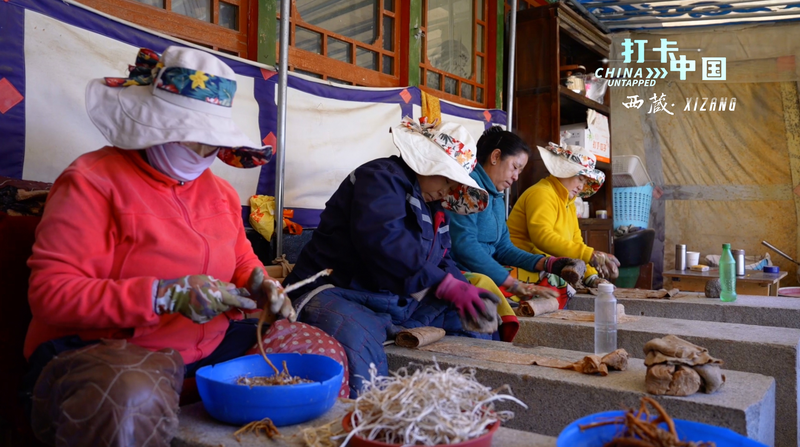Ever wondered how centuries-old Tibetan manuscripts still look crisp? 🤔 The secret lies in a toxic plant root nicknamed 'wolf poison.'
Despite its dangerous name, the root's natural toxins act like a shield, keeping mold and pests at bay. Tibetan papermakers spotted this effect and started mixing powdered wolf poison root with mulberry bark pulp. The result? Durable, long-lasting paper that braves humidity and chilly mountain air. 🏔️💪
In regions like Ladakh and the Tibetan plateau, monks and craftsmen harvested, dried, and pounded the roots into a fine paste before blending it into sheets. Think of it as Mother Nature's own antivirus for your favorite scrolls! 🛡️📜
Fast-forward to our digital age: we rely on cloud backups, but these ancient hacks remind us of low-tech brilliance that solved real problems. Next time your phone battery dies, remember the monks who used toxic roots to preserve knowledge for generations! 😉
That's the power of wolf poison—turning a deadly plant into a timeless preservation hack. ✨
Reference(s):
cgtn.com




